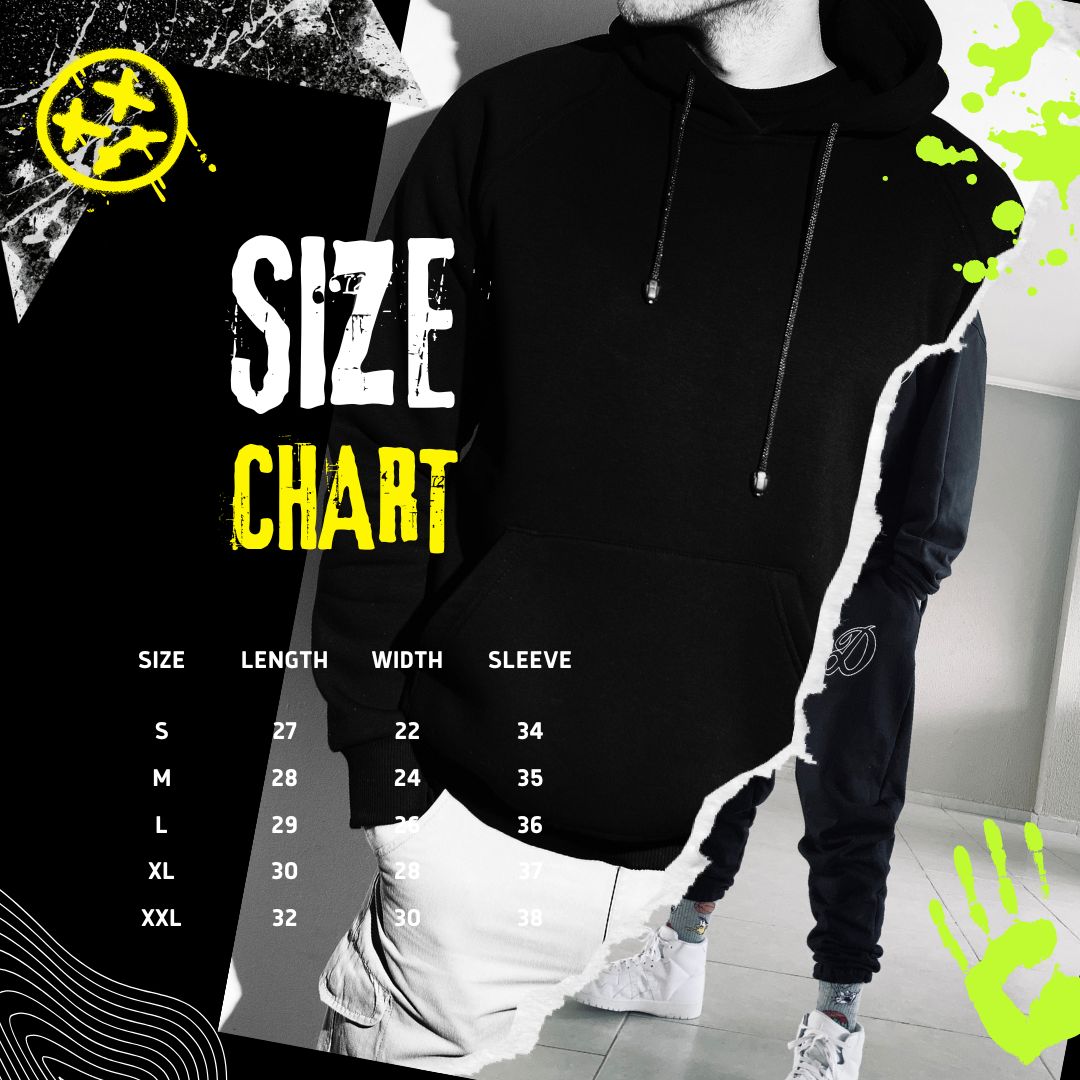Clothing Sizes
Clothing sizes vary across different regions and countries, and there is no universal standard for sizing. However, I can provide you with a general overview of commonly used clothing size systems.
1. International Sizing:
– The most common international sizing system is based on measurements in centimeters (cm) or inches (in) for different body parts such as bust, waist, and hips.
– Sizes are usually labeled with numbers (e.g., 4, 8, 12) or letters (e.g., XS, S, M, L, XL) to indicate different size ranges.
– Keep in mind that these size ranges can vary between brands and designers, so it’s important to refer to specific size charts provided by retailers.
2. United States (US) Sizing:
– The US sizing system typically uses numbers ranging from 0 to 24 for women’s clothing, with 0 being the smallest size.
– For men’s clothing, US sizing usually consists of small (S), medium (M), large (L), extra-large (XL), and so on.
– However, some brands may also use letter-based sizes, such as XS, S, M, L, XL, XXL.
3. European (EU) Sizing:
– European clothing sizes are based on measurements in centimeters.
– Women’s sizes are generally labeled with numbers ranging from 32 to 60, with 32 being the smallest size.
– Men’s sizes often range from 44 to 64, with 44 being the smallest size.
– In some cases, European sizes may also be accompanied by letters (e.g., 32/34, 36/38) to represent different height or body proportions.
4. United Kingdom (UK) Sizing:
– UK sizing for women’s clothing often follows the same numbers as European sizing but with an additional 8. For example, UK size 8 is equivalent to EU size 36.
– Men’s sizing in the UK is similar to the US system, using small (S), medium (M), large (L), extra-large (XL), and so on.
Remember, these are general guidelines, and sizing can vary between brands, designers, and specific garment types. It’s always best to refer to the size charts provided by the retailer or manufacturer to ensure the best fit for your measurements.
Men’s size chart
Here is a general men’s size chart based on measurements in inches:
Shirts/Tops:
|
Size |
Chest (inches) | Waist (inches) |
|
XS |
34-36 |
28-30 |
|
S |
36-38 | 30-32 |
|
M |
38-40 |
32-34 |
|
L |
40-42 |
34-36 |
|
XL |
42-44 |
36-38 |
| XXL | 44-46 |
38-40 |
| XXXL | 46-48 |
40-42 |
Note: These measurements are approximate and can vary between brands.
Pants/Bottoms:
|
Size |
Waist (inches) | Hips (inches) |
|
XS |
28-30 |
34-36 |
|
S |
30-32 | 36-38 |
|
M |
32-34 |
38-40 |
| L | 34-36 |
40-42 |
|
XL |
36-38 |
42-44 |
| XXL | 38-40 |
44-46 |
| XXXL | 40-42 |
46-48 |
Women’s size chart
Here is a general women’s size chart based on measurements in inches:
Tops/Dresses:
|
Size |
Bust (inches) | Waist (inches) | Hips (inches) |
| XS | 32-33 | 24-25 |
34-35 |
| S | 34-35 | 26-27 |
36-37 |
|
M |
36-37 | 28-29 |
38-39 |
|
L |
38-40 | 30-32 | 40-42 |
| XL | 41-43 | 33-35 |
43-45 |
| XXL | 44-46 | 36-38 |
46-48 |
| XXXL | 47-49 | 39-41 |
49-51 |
Note: These measurements are approximate and can vary between brands.
Pants/Bottoms:
| Size | Waist (inches) |
Hips (inches) |
| XS | 24-25 |
34-35 |
| S | 26-27 |
36-37 |
| M | 28-29 |
38-39 |
|
L |
30-32 |
40-42 |
|
XL |
33-35 |
43-45 |
| XXL | 36-38 |
46-48 |
| XXXL | 39-41 |
49-51 |
Please keep in mind that these measurements are general guidelines and can vary between brands, designers, and specific garment types. It is always recommended to refer to the size chart provided by the retailer or manufacturer for the most accurate sizing information.
Shoe size chart
Here is a general shoe size chart for adults based on the United States (US) sizing system:
Women’s Shoe Sizes:
|
US |
Europe | UK | Inches | Centimeters |
|
5 |
35-36 | 3 | 8.5 |
21.6 |
|
6 |
36-37 | 4 | 8.875 |
22.5 |
| 7 | 37-38 | 5 | 9.25 |
23.5 |
|
8 |
38-39 | 6 | 9.5 | 24.1 |
| 9 | 39-40 | 7 | 9.875 |
25.1 |
| 10 | 40-41 | 8 | 10.1875 |
25.9 |
| 11 | 41-42 | 9 | 10.5 |
26.7 |
Men’s Shoe Sizes:
|
US |
Europe | UK | Inches |
Centimeters |
|
7 |
39-40 | 6 | 9.625 |
24.4 |
| 8 | 40-41 | 7 | 9.875 |
25.1 |
|
9 |
41-42 | 8 | 10.1875 | 25.9 |
| 10 | 42-43 | 9 | 10.5 |
26.7 |
| 11 | 43-44 | 10 | 10.9375 |
27.6 |
| 12 | 44-45 | 11 | 11.25 |
28.6 |
| 13 | 45-46 | 12 | 11.5625 |
29.4 |
Note: The above measurements are approximate and can vary between brands. It’s always best to refer to the specific size chart provided by the shoe manufacturer or retailer for the most accurate sizing information. Additionally, different regions and countries may have their own size systems, so it’s important to consider the appropriate conversion when purchasing shoes internationally.





